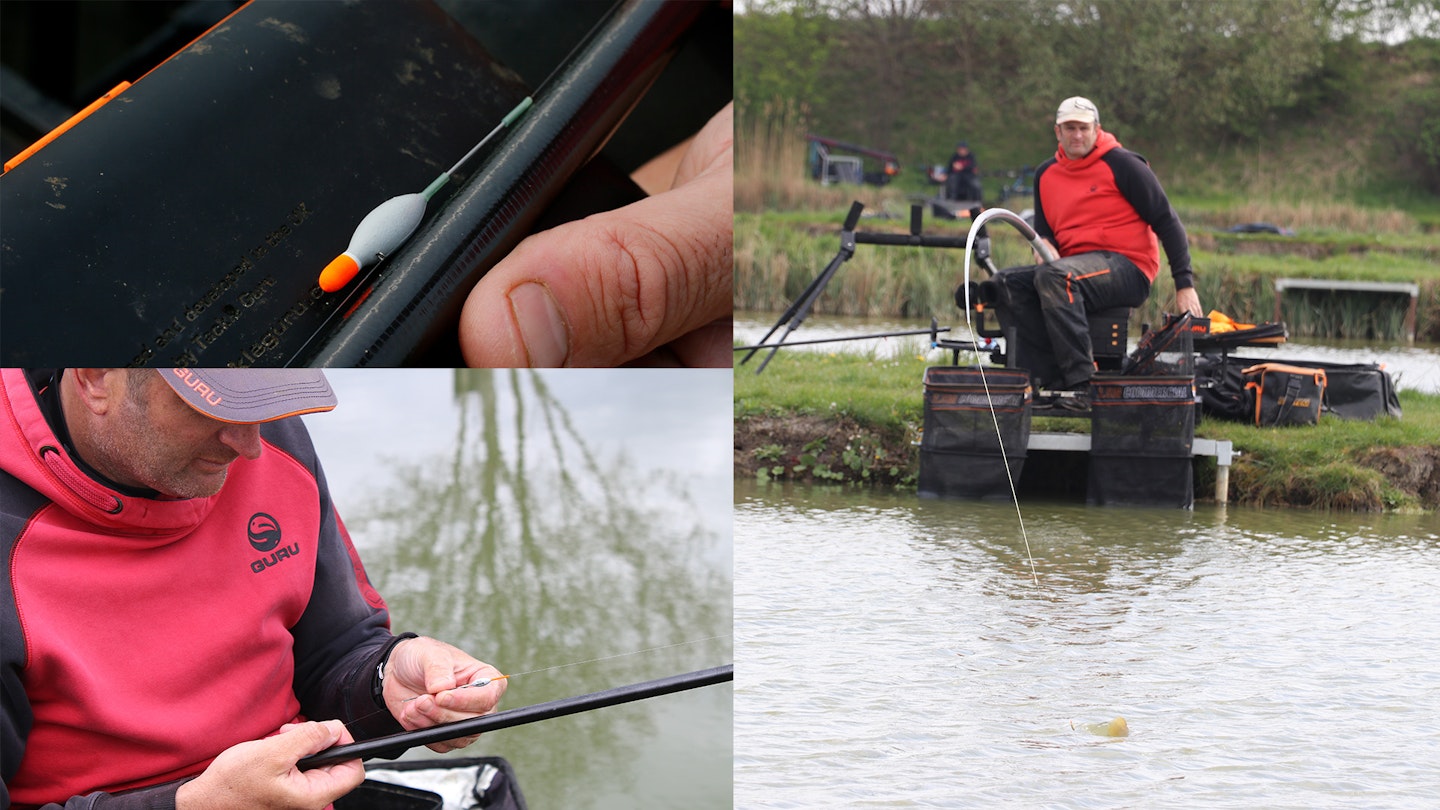You might think that choosing a float for fishing shallow on the pole would be a relatively easy process – ‘Pick a dibber’, I hear you say.
But while I’d agree with that to a certain extent, it’s by no means always a straightforward case of ‘one size fits all’.
Years ago, a dibber was the only show in town because we had little else to choose from for this type of fishing. Then, as we learned more about up-in-the-water fishing, and as float technology improved, there soon developed a bit of a selection of patterns to get to grips with!
Dibbers remain unbeatable for very shallow work, when bites are savage and pull the elastic out of the pole, but they lose their effectiveness when the fish are sat a little deeper. A degree of sensitivity is needed, and this is where a float with a bristle comes into play.
Choosing the right size of float is vital, not just to provide stability to the rig, but also to allow the hookbait to fall correctly and, in some instances, to make plenty of noise on the surface to attract fish into the area.
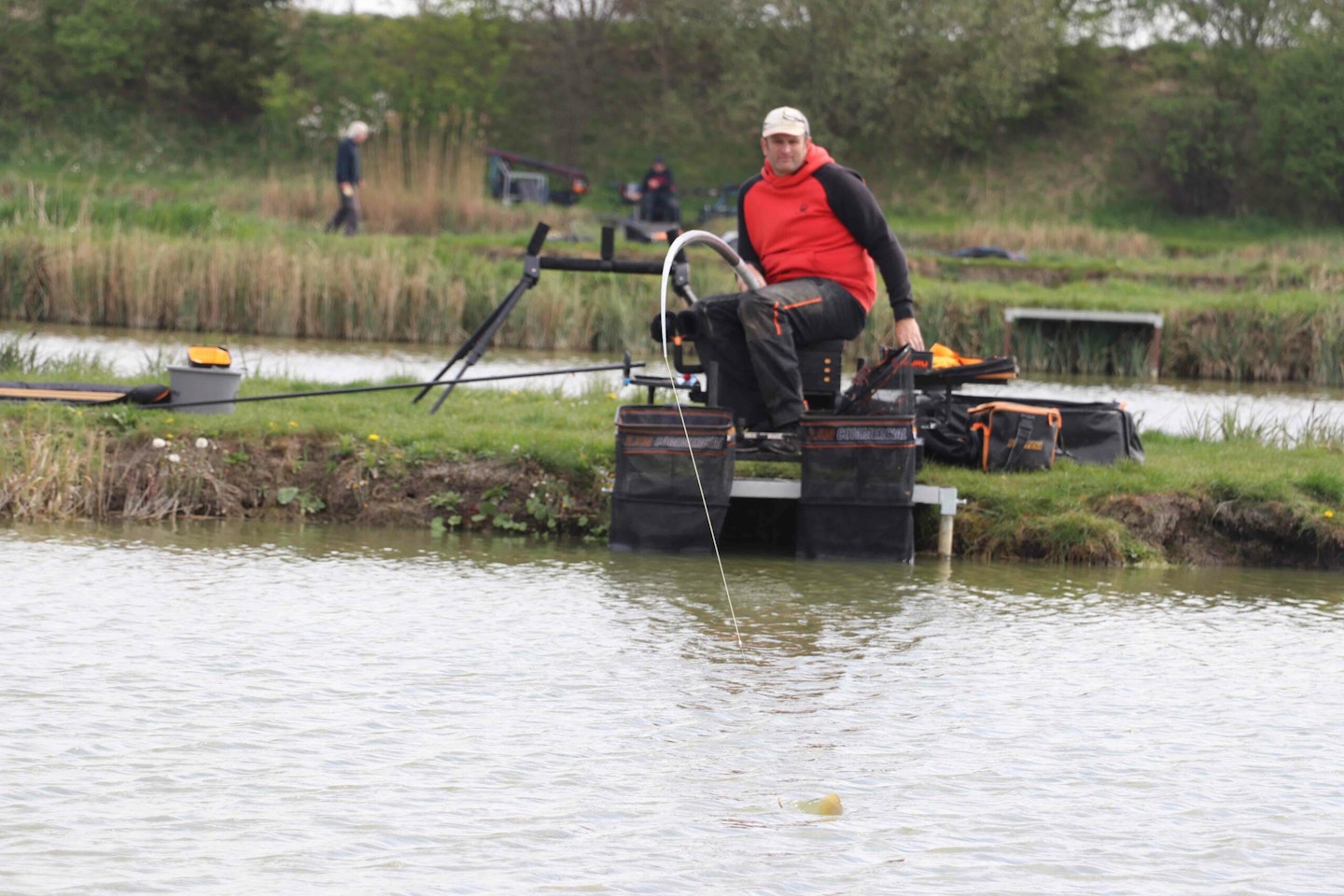
The old faithful
A dibber float remains my pick for fishing very shallow at 6ins-12ins. Bites at this depth are very positive and quick, so there’s no need for sensitivity. The Guru Cookie is my choice, a pattern that sits up quickly in the water.
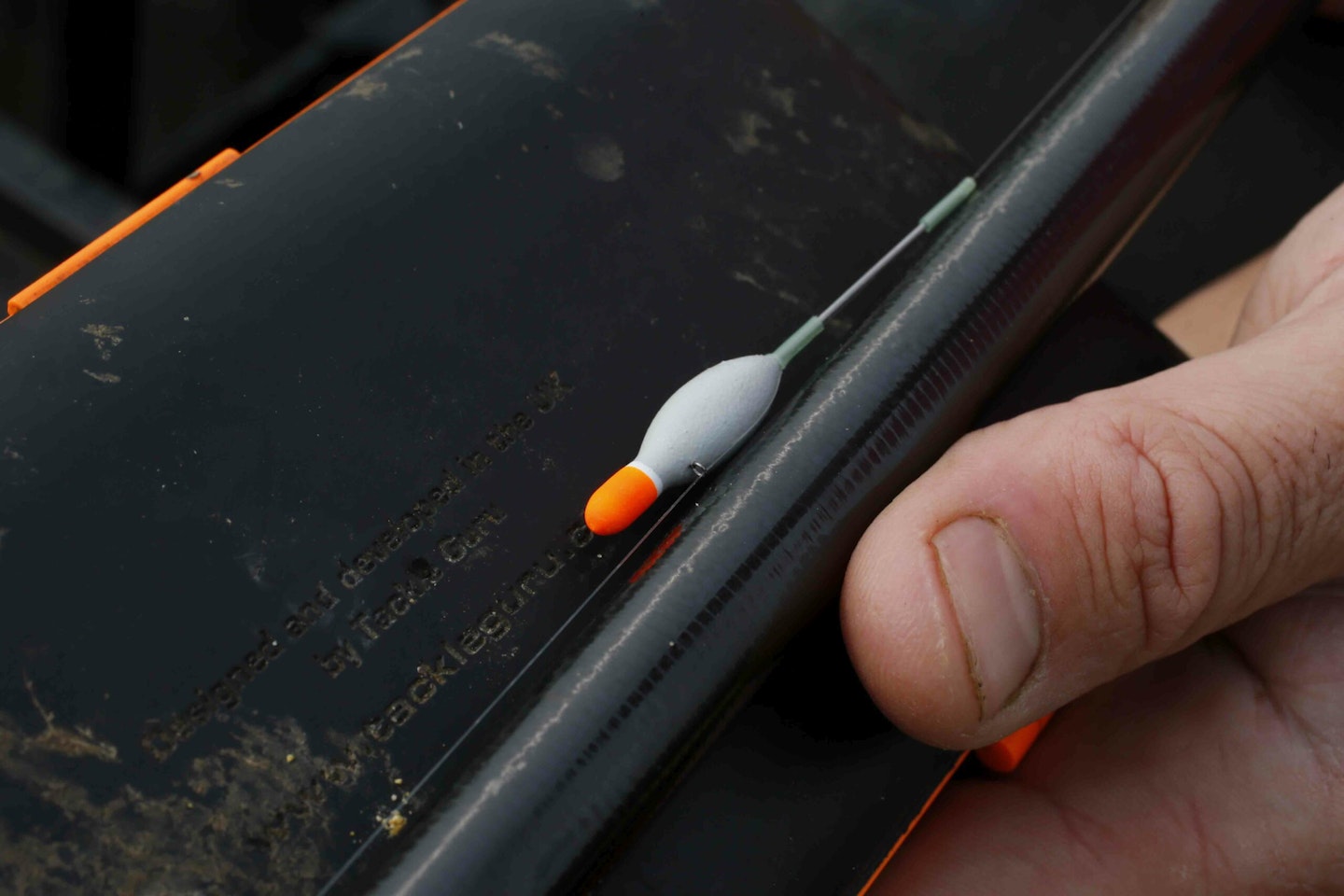
Spot liners
Using a float with a bristle seems wrong for shallow fishing, but it’s invaluable when I’m trying to catch deeper in the swim, say, 12ins-3ft. It allows me to read what’s going on and weed out line bites.
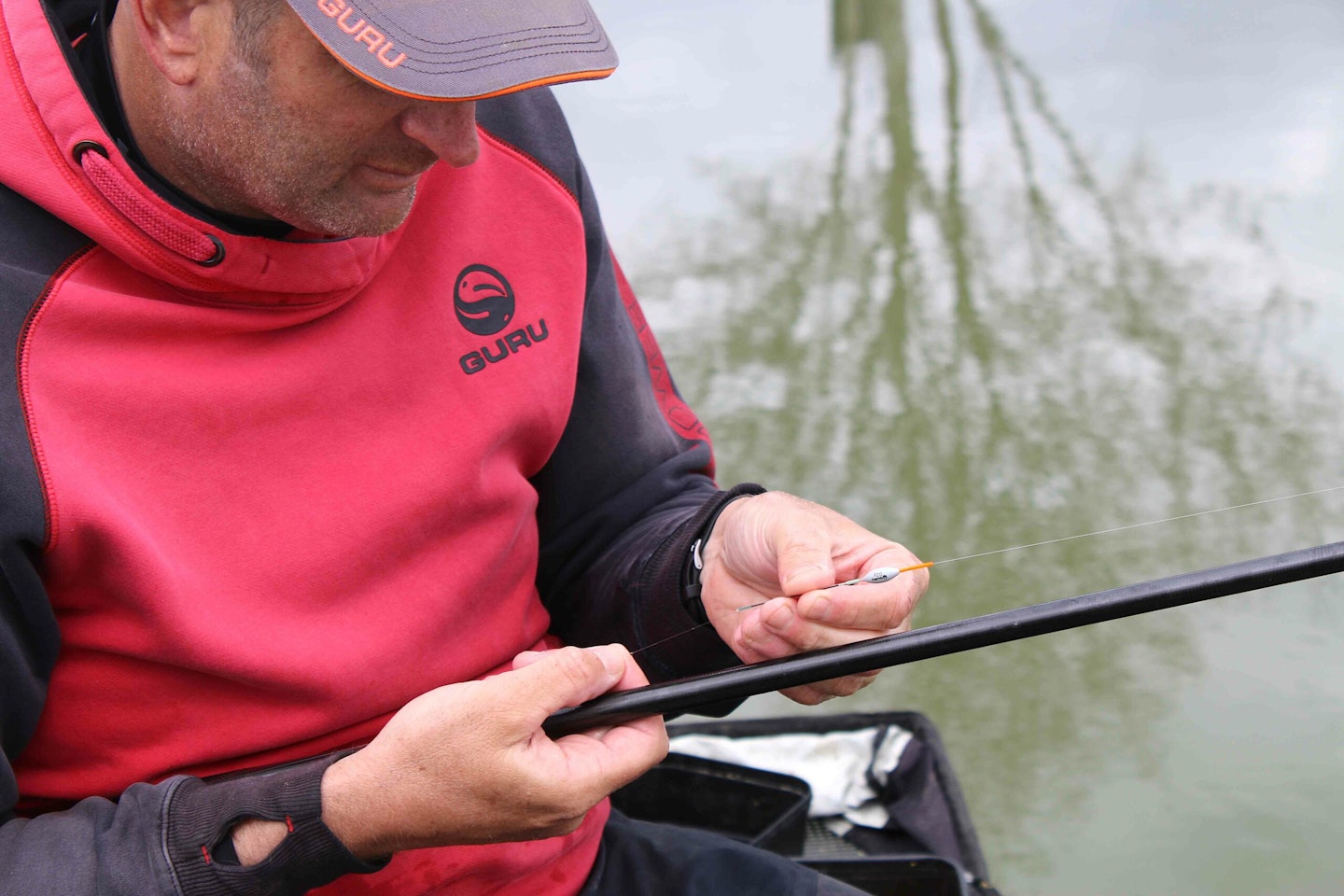
Sizes – keep it small
I always try to fish as light as possible, so that’s a float of 0.1g-0.2g in most situations. Bigger floats of 0.3g and above have their uses if I want to swing the rig past the pole-tip to fish that have backed off, or to make noise.
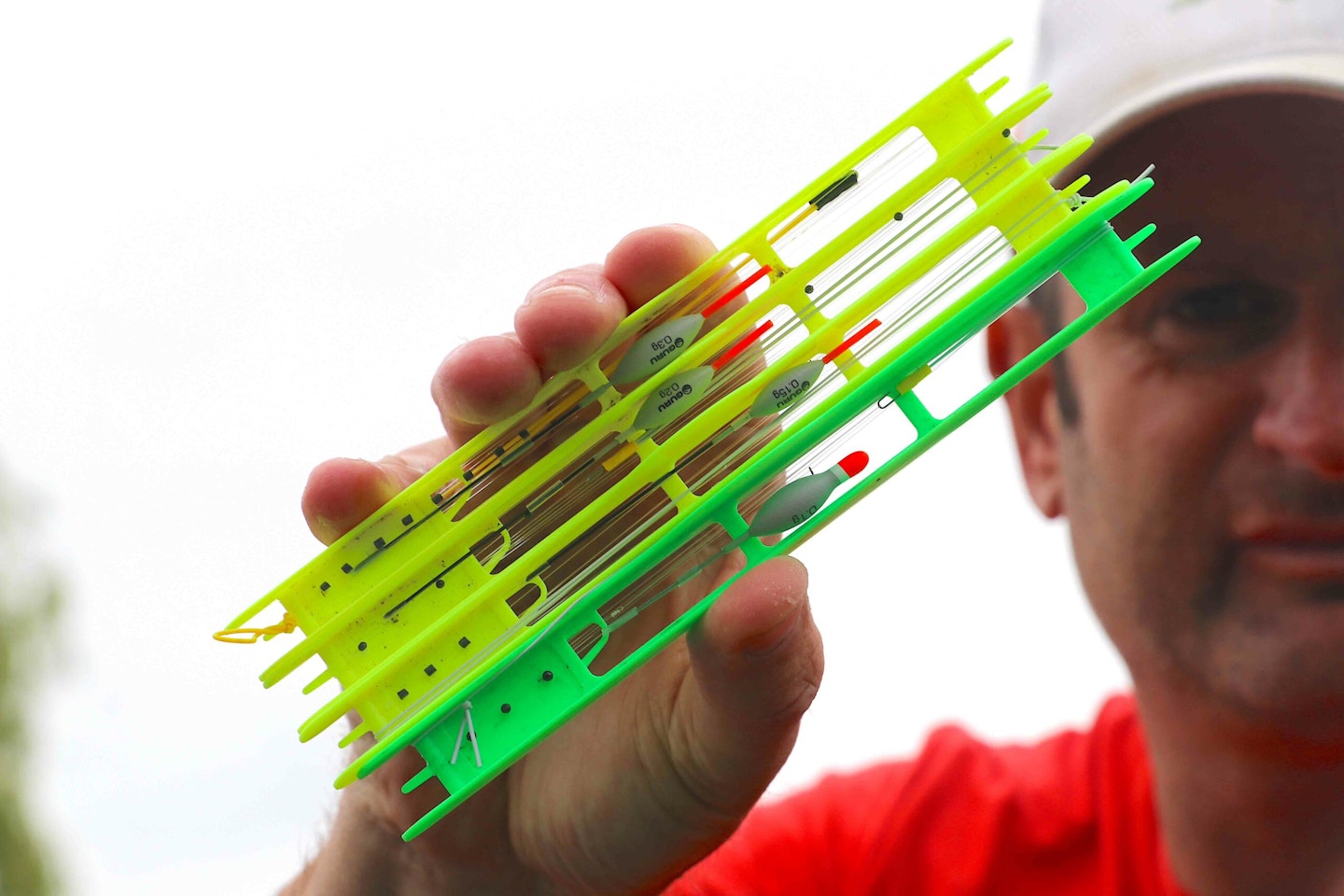
Shot it correctly
You might think that shotting is redundant when you’re shallow, but it’s not. For big carp, use a bulk fixed under the float, but for F1s, or if fishing deeper, a strung pattern allows the hookbait to sink more naturally.

